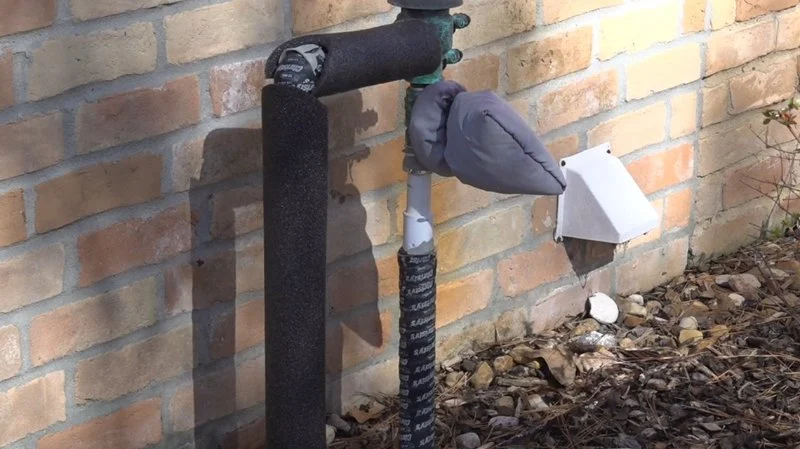
How to Protect Pipes from Freezing in Cold Climates
- 1- Why Freezing Pipes Are a Problem
- 2- Signs Your Pipes Are at Risk of Freezing
- 3- Steps to Prevent Pipes from Freezing
- 4- What to Do If Your Pipes Freeze
1- Why Freezing Pipes Are a Problem
In colder climates, one of the most common and costly plumbing issues is frozen pipes. When water in a pipe freezes, it expands, putting immense pressure on the pipe. This pressure can cause the pipe to burst, leading to significant water damage once the pipe thaws. In addition to causing structural damage to your home, a burst pipe can result in the loss of water supply and the need for costly repairs.
2- Signs Your Pipes Are at Risk of Freezing
Recognizing the early signs of potential pipe freezing can help prevent a disaster. Common indicators include:
- Water pressure issues: A sudden drop in water pressure can be a sign that a pipe is partially blocked or frozen.
- Cold spots on walls or ceilings: If you notice areas of your walls or ceilings feeling unusually cold, it could indicate that pipes in those areas are at risk of freezing.
- No water flow: If the water stops running in one or more faucets, especially in exterior walls or unheated areas, it's a strong indicator that the pipes may be frozen.
- Frost on pipes: If you see visible frost on your pipes, this is a clear sign that the water inside is likely freezing.
3- Steps to Prevent Pipes from Freezing
Taking proactive steps can help prevent your pipes from freezing during the colder months. Here are several effective measures:
- Insulate exposed pipes: Insulate pipes in unheated areas, such as basements, attics, garages, and crawl spaces, using foam pipe insulation or heat tape to keep them warm.
- Keep the heat on: Even if you're away from home, leave the heat running to maintain a safe temperature inside. Set your thermostat no lower than 55°F (13°C).
- Seal gaps and cracks: Seal any gaps around windows, doors, or vents that could let in cold air, especially near pipes. Use caulk or spray foam to close these openings.
- Let faucets drip: Allowing faucets connected to vulnerable pipes to drip slowly can help prevent freezing. The moving water is less likely to freeze.
- Open cabinet doors: In areas like the kitchen or bathroom, open the cabinet doors to allow warmer air to circulate around the pipes, especially if your sinks are against exterior walls.
4- What to Do If Your Pipes Freeze
If your pipes do freeze despite your best efforts, it's important to act quickly to minimize damage:
- Turn off the water supply: If you suspect a pipe has frozen, immediately shut off the main water supply to prevent flooding if the pipe bursts.
- Thaw the frozen pipe: Use a hairdryer, heat lamp, or space heater to gradually thaw the frozen pipe. Never use an open flame, as this can damage the pipe or cause a fire.
- Check for leaks: After the pipe has thawed, check for any cracks or leaks. If there is damage, it's best to call a plumber to repair the pipe.
- Keep the area warm: Once the pipes are thawed, maintain a warm environment to prevent them from freezing again. You may need to increase insulation or add more heating in vulnerable areas.
Preventing frozen pipes is crucial for protecting your home from water damage and the inconvenience of plumbing problems. For more tips and high-quality plumbing supplies, visit Plumbers Supply Hub, where you can find everything you need to keep your plumbing system in top condition.


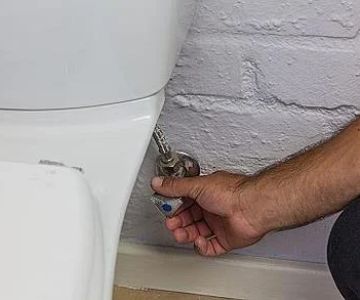
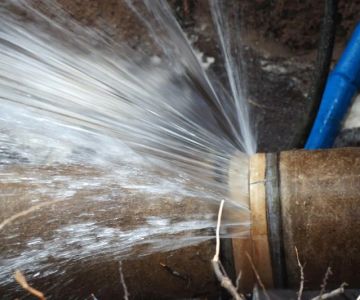
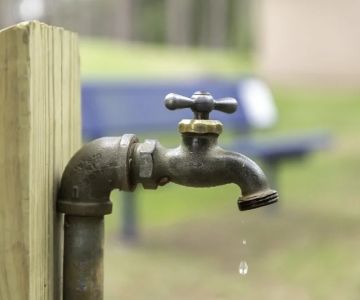

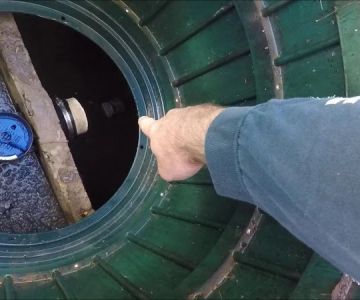
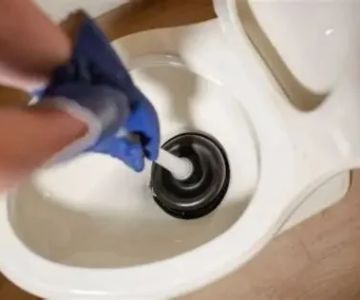
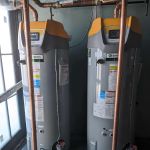 Blue Whale Backflow, Plumbing, & Excavating4.0 (46 reviews)
Blue Whale Backflow, Plumbing, & Excavating4.0 (46 reviews) J&S Construction and Services LLC5.0 (29 reviews)
J&S Construction and Services LLC5.0 (29 reviews) Triple Crown Plumbing5.0 (239 reviews)
Triple Crown Plumbing5.0 (239 reviews) Petersen Plumbing Inc4.0 (66 reviews)
Petersen Plumbing Inc4.0 (66 reviews) The Luke N. Reuter Co., Inc.5.0 (3 reviews)
The Luke N. Reuter Co., Inc.5.0 (3 reviews)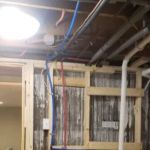 Flo-Rite Plumbing And Well Service LLC5.0 (65 reviews)
Flo-Rite Plumbing And Well Service LLC5.0 (65 reviews)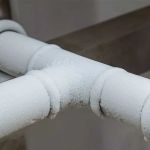 What Causes Frozen Pipes and How You Can Prevent It - Expert Tips
What Causes Frozen Pipes and How You Can Prevent It - Expert Tips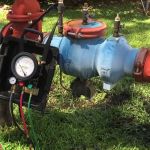 How to Test Backflow Preventers Annually: A Step-by-Step Guide
How to Test Backflow Preventers Annually: A Step-by-Step Guide How to Replace a Plastic Pipe Fitting That Fails
How to Replace a Plastic Pipe Fitting That Fails How to Effectively Clean Residue and Scale from Faucets and Showerheads
How to Effectively Clean Residue and Scale from Faucets and Showerheads How to Reroute a Plumbing Run Over a Crawlspace: A Step-by-Step Guide
How to Reroute a Plumbing Run Over a Crawlspace: A Step-by-Step Guide How to Choose a Reliable Plumbing Service in Your Area
How to Choose a Reliable Plumbing Service in Your Area